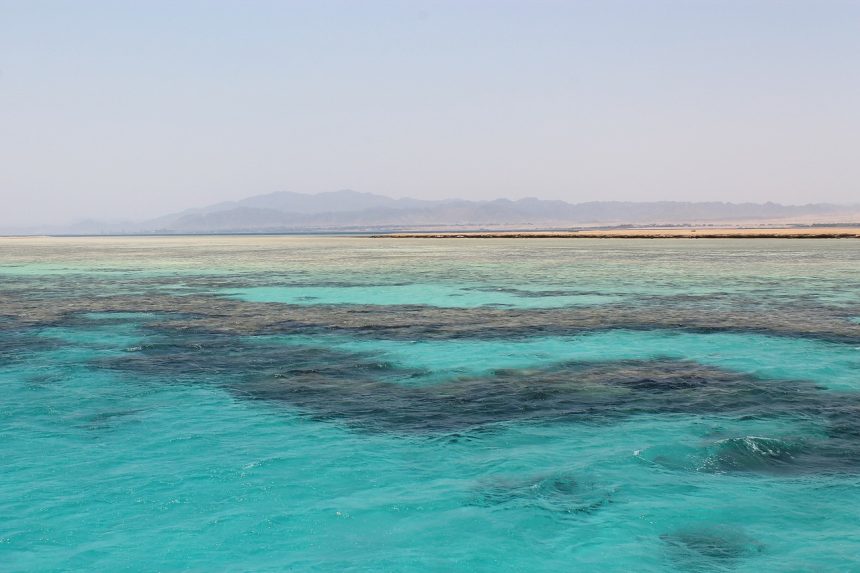A tragic incident unfolded off the coast of Hurghada, Egypt, as a tourist submarine sank in the Red Sea, resulting in the deaths of six Russian nationals. The event has raised significant concerns about the safety protocols of underwater tourism in the region.
Incident Overview
On March 27, 2025, the Sindbad tourist submarine embarked on a routine underwater excursion near Hurghada, a popular destination renowned for its coral reefs and marine biodiversity. The vessel was carrying 45 tourists, predominantly Russian, along with crew members. Tragically, the submarine encountered difficulties and sank approximately 1 kilometer offshore.
Casualties and Rescue Efforts
The sinking resulted in the deaths of six Russian tourists. Emergency response teams managed to rescue 39 individuals, including tourists from India, Norway, and Sweden. Among the survivors, 29 sustained injuries and were transported to local hospitals for treatment.
Investigation into the Cause
Authorities have launched an investigation to determine the cause of the submarine’s sinking. Preliminary reports suggest that the vessel may have struck a coral reef at a depth of 20 meters, leading to a loss of pressure and subsequent flooding. However, definitive conclusions await the results of the ongoing inquiry.
Safety Concerns in Underwater Tourism
The incident has intensified scrutiny over the safety standards of recreational submarine operations in the Red Sea. The Sindbad submarine was designed to offer tourists panoramic views of marine life and coral formations. However, this tragedy underscores potential risks associated with such activities and highlights the need for stringent safety measures and regular inspections to prevent future accidents.
Conclusion
The sinking of the Sindbad tourist submarine off Egypt’s Red Sea coast has resulted in the loss of six lives and raised critical questions about the safety of underwater tourism. As investigations continue, it is imperative for tour operators and regulatory bodies to reassess and enhance safety protocols to ensure the well-being of tourists engaging in such activities.










